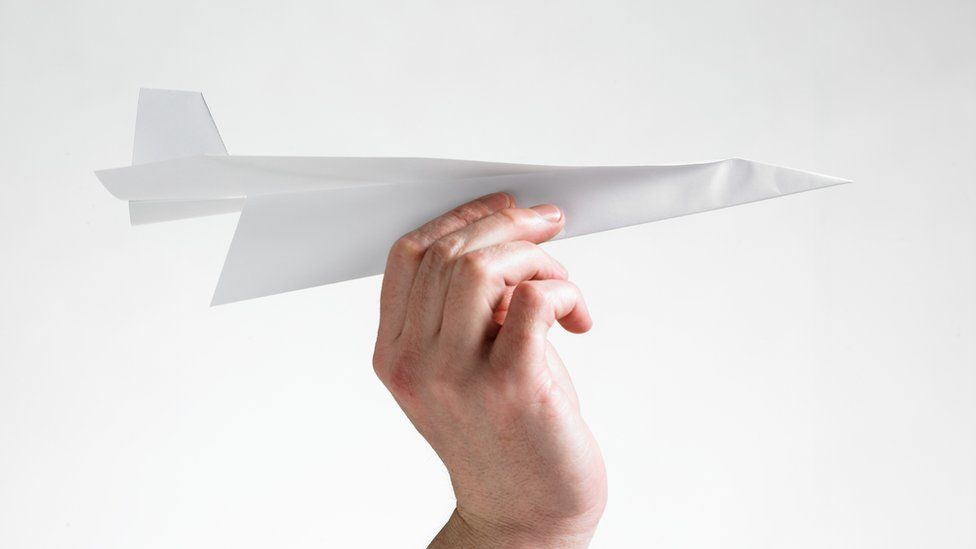Physics of throwing analysed by scientists
- Published

Scientists have calculated the optimal strategy for throwing something accurately - whether it's a dart or a crumpled-up piece of paper.
US researchers say the slow-is-more-accurate rule generally applies.
In a series of calculations, they looked at the physics behind releasing a projectile with the human arm.
Their equations suggest a slow but accurate throw is the best strategy for getting a piece of paper into a nearby bin.
Lead researcher Madhusudhan Venkadesan, assistant professor of mechanical engineering and materials science at Yale University, said faster throws tend to be less accurate.
This is because the ball travels in a nearly straight line, so any errors in the angle at which the object is released tend to be amplified.
In slow and curved flight paths, small errors in the angle of release have little effect, he said.
"What we find is that almost the slowest arc is often the most accurate," said Dr Venkadesan.
"We've compared these calculations to published data of people throwing into wastebaskets; we've compared it to a study in dart throwing."
In sports such as basketball or darts, the strategy depends on conditions and the trade-off needed between speed and accuracy.
For example, experienced darts players throw overarm at about 5.5 metres per second, optimally releasing the dart 17 to 37 degrees before the arm becomes vertical.
On the cricket pitch, fielders are more likely to strike the wicket with a fast underarm throw.
And in basketball, the underhand free throw, nicknamed "the granny throw", has a marginal advantage over overhand, despite almost disappearing from the game.
Accurate throwing is uniquely human - a skill relied upon by our ancient ancestors for hunting with spears or stone tools.
The researchers say monkeys also throw things, but they are really bad at it.
The study is published in the journal, Royal Society Open Science.
Follow Helen on Twitter.